Einleitung
Werkzeuge
Ersatzteile
-
-
Entferne die folgenden zehn Schrauben, die den Boden des Gehäuses befestigen:
-
Zwei 2,3 mm Pentalobe P5 Schrauben
-
Acht 3 mm Pentalobe P5 Schrauben
-
-
-
Gehe mit deinen Fingern zwischen das obere und das untere Gehäuse.
-
Hebe die untere Gehäuseabdeckung vorsichtig vom Gerät ab.
-
-
-
Trenne den Akkustecker mit dem flachen Ende eines Spudgers von seinem Anschluss auf dem Logic Board.
-
-
-
Entferne die beiden 2,1 mm T5 Torx Schrauben, mit denen die Abdeckung des E/O Board Kabels am Logic Board befestigt ist.
-
-
-
Mit dem flachen Ende eines Spudgers kannst du nun den E/A Board Anschluss aus seiner Buchse auf dem Logic Board herausholen.
-
-
-
Hebe das Ende des E/A Board Kabels nach oben, das mit dem Logic Board verbunden war und biege es um, so dass es nicht mehr im Weg ist.
-
-
-
Setze die Spitze eines Spudgers vorsichtig unter dem rechten Lautsprecherkabel in der Nähe des Steckers an und hebe es aus seiner Buchse auf dem Logic Board heraus.
-
-
-
Entferne die folgenden Schrauben, mit denen der rechte Lautsprecher am oberen Gehäuse befestigt ist:
-
Eine 5,7 mm T5 Torx Schraube
-
Eine 6,5 mm T5 Torx Schraube
-
Eine 3,8 mm T5 Torx Schraube
-
-
-
Hebe den rechten Lautsprecher an der Seite an, wo sich das Kabel befindet und ziehe ihn aus dem Gehäuse.
-
-
-
Setze die Spitze eines Spudgers unter dem linken Lautsprecherkabel in der Nähe des Steckers an und hebe es aus seiner Buchse auf dem Logic Board heraus.
-
-
-
Entferne die folgenden Schrauben, die den linken Lautsprecher am oberen Gehäuse befestigen:
-
Eine 5,7 mm T5 Torx Schraube
-
Eine 6,5 mm T5 Torx Schraube
-
eine 3,8 mm T5 Torx Schraube
-
-
-
Hebe den linken Lautsprecher an der Ecke an und schiebe ihn um den Akku herum heraus, damit du ihn aus dem oberen Gehäuse entfernen kannst.
-
-
-
Erhitze den iOpener für dreißig Sekunden.
-
Im Verlauf der Reparatur kühlt sich der iOpener wieder ab. Erhitze ihn dann noch einmal für dreißig Sekunden.
-
-
-
Halte den iOpener an einem der flachen Enden und vermeide die heiße Mitte, während du ihn aus der Mikrowelle nimmst.
-
-
-
Fülle einen Topf oder eine tiefe Pfanne mit ausreichend Wasser, um den iOpener komplett damit bedecken zu können.
-
Erhitze das Wasser (ohne den iOpener) bis es kocht. Schalte die Wärmezufuhr (Platte) aus.
-
Lege den iOpener für etwa 2-3 Minuten in das heiße Wasser. Stelle sicher, dass der iOpener komplett mit Wasser bedeckt ist.
-
Nimm den iOpener mit einer Küchenzange aus dem Wasser heraus.
-
Trockne den iOpener gründlich mit einem Küchen- oder Handtuch ab.
-
Der iOpener kann jetzt verwendet werden. Solltest du den iOpener erneut erwärmen müssen, erhitze das Wasser nochmal bis zum Siedepunkt, schalte die Wärmezufuhr aus, und lege den iOpener wieder für 2-3 Minuten vollständig in das Wasser.
-
-
-
Entferne die fünf 3,7 mm T5 Torx Schrauben, mit denen der Akku am oberen Gehäuse befestigt ist.
-
-
-
Um deinen Bildschirm zu schützen, befestige eine Aluminiumfolie zwischen Bildschirm und Tastatur und lasse sie dort, solange du arbeitest.
-
-
-
Wenn du die alternative Methode mit dem heißen iOpener anwendest, kannst du die folgenden drei Schritte überspringen.
-
Wenn du mit dem Klebstoffentferner arbeitest und ihn aufbringst, solltest du immer deine Augen schützen. (Eine Schutzbrille ist in deinem Kit enthalten).
-
Insbesondere auch wenn du Kontaktlinsen trägst, musst du zusätzlich die Schutzbrille aufsetzen.
-
In deinem Kit sind auch Schutzhandschuhe enthalten. Wenn deine Haut empfindlich ist, solltest du die Handschuhe jetzt anziehen.
-
-
-
Ziehe den schwarzen Gummistopfen von dem Fläschchen mit Klebstoffentferner ab.
-
Schneide die verschlossene Applikatorspitze mit einer Schere ab.
-
-
-
Gib einige Tropfen des Klebstoffentferners gleichmäßig unter den Rand der am weitesten rechts liegenden Akkuzelle.
-
Warte 2-3 Minuten, bis der flüssige Klebstoffentferner unter die Akkuzelle eindringt, bevor du mit dem nächsten Schritt fortfährst.
-
-
-
Mit dem heißen iOpener kannst du die eine Hälfte der beiden am weitesten rechts gelegenen Akkuzellen bedecken.
-
Nach etwa einer Minute kannst du dann den iOpener erneut erhitzen und ihn über die andere Hälfte der beiden am weitesten rechts gelegenen Akkuzellen legen.
-
-
-
Schiebe eine Plastikkarte zwischen die am weitesten rechts gelegene Akkuzelle und das obere Gehäuse und trenne so den Kleber zwischen den beiden.
-
Wenn du den Austausch nach der Methode mit dem heißen iOpener vornimmst und dann beim Hebeln auf gehörigen Widerstand stößt, hör lieber auf und erhitze den Bereich nochmal mit dem iOpener, bevor du weitermachst.
-
-
-
Heble die am weitesten rechts gelegene Akkuzelle mit Hilfe der Plastikkarte aus dem hinteren Gehäuse heraus.
-
-
-
Wiederhole die obigen Schritte mit der benachbarten Akkuzelle:
-
Gib eine kleine Menge des flüssigen Klebstoffentferners unter die Akkuzelle und warte 2-3 Minuten, damit er einziehen und den Kleber auflösen kann.
-
Wenn du mit der alternativen Methode arbeitest, erhitze bei Bedarf den Bereich erneut mit dem iOpener.
-
Schiebe eine Plastikkarte etwa zweieinhalb Zentimeter zwischen den Akku und das obere Gehäuse. Dann heble die Zelle langsam nach oben, damit der ganze Kleber sich löst.
-
-
-
Belasse die Plastikkarte erst einmal unter den beiden am weitesten rechts liegenden Akkuzellen, damit sie nicht wieder am oberen Gehäuse ankleben.
-
Wenn du einen iOpener benutzt, erhitze ihn nochmal und lege ihn diesmal über die am weitesten links gelegenen Akkuzellen.
-
-
-
Wiederhole den obigen Vorgang, um nun die beiden am weitesten links liegenden Akkuzellen aus dem oberen Gehäuse herauszubekommen.
-
Denke daran, dass du wieder erst eine kleine Menge Klebstoffentferner unter jede Akkuzelle einbringen und dann 2-3 Minuten warten musst, bis er eingedrungen ist und den Kleber aufgeweicht hat.
-
Mit einer zweiten Plastikkarte kannst du jetzt die beiden am weitesten links liegenden Akkuzellen vom oberen Gehäuse trennen.
-
-
-
Um den Kleber zu lösen, der die beiden letzten Akkuzellen in der Mitte festhält, gib wieder einige Tropfen des Klebstoffentferners an jede Zelle (beziehungsweise verwende deinen iOpener).
-
Es kann hilfreich sein, die eine Seite deines MacBook Pros ein paar Zentimeter anzuheben, so dass der Klebstoffentferner in die richtige Richtung unterhalb der Akkuzellen fließt. Du kannst auf einer Seite deines MacBook auch einfach ein stabiles Buch oder einen Schaumstoffblock unterlegen, während du daran arbeitest.
-
Fahre mit der Karte etwa zweieinhalb Zentimeter zwischen die linke mittlere Akkkuzelle und das obere Gehäuse und löse so den Kleber zwischen Zelle und Gehäuse.
-
-
-
Ziehe die Karte wieder heraus und stecke sie etwa zweieinhalb Zentimeter tief zwischen die rechte mittlere Akkuzelle und das obere Gehäuse, um den Kleber auch hier zu lösen.
-
-
-
Setze den Hebel an den beiden mittleren Zellen an, um den restlichen Kleber zu lösen und hebe den Akku aus dem Gerät.
-
-
-
Entferne den Akku.
-
Mit etwas Glück kannst du jeden einzelnen Klebestreifen langsam mit den Fingern abziehen.
-
Falls das nicht klappt, träufle etwas Klebstoffentferner auf jeden Klebestreifen und lasse ihn 2-3 Minuten einwirken. Dann kannst du die Klebestreifen mit einem Plektron oder einem anderen geeigneten Werkzeug aus deinem Kit abkratzen. Das ist etwas langwierig, hier hilft dir nur Geduld!
-
Wische den restlichen Klebstoffentferner ab und lass dein MacBook Pro ein paar Minuten an der Luft trocknen.
-
Kalibriere den neu eingebauten Akku: Lade ihn auf 100% auf und lasse ihn mindestens zwei weitere Stunden am Ladegerät. Ziehe den Stecker und benutze dein MacBook normal, um den Akku zu entladen. Wenn die Ladeanzeige am Minimum ist, dann speichere ab und lasse den Laptop an, bis er von selbst ausgeht. Warte wenigstens 5 Stunden und lade dann auf 100% auf.
-
-
-
Lege einen erwärmten iOpener über die Abdeckung des Trackpads und weiche so die Klebeverbindung zum oberen Gehäuse auf.
-
-
-
Heble die Abdeckung des Trackpad vorsichtig mit einem Plastiköffnungswerkzeug vom oberen Gehäuse hoch.
-
-
-
Löse die Abdeckplatte des Trackpads langsam und sorgfältig mit einem Plastiköffnungswerkzeug aus dem oberen Gehäuse heraus.
-
-
-
Zwänge das flache Ende eines Spudgers in die Öffnung am oberen Gehäuse, dort wo das Trackpadkabel durchgeführt ist.
-
Löse vorsichtig das Flachbandkabel zum Trackpad vom Kleber, der es am oberen Gehäuse hält.
-
-
-
Entferne folgende Schrauben, die die Halteklammern des Trackpads am oberen Gehäuse befestigen:
-
Vier 2,2 mm T5 Torx Schrauben.
-
Vier 1,7 mm T5 Torx Schrauben.
-
-
-
Fädle das Flachbandkabel des Trackpads durch den Schlitz im oberen Gehäuse.
-
Führe das Trackpad mit der anderen Hand aus dem Gehäuse heraus, so dass es nicht herunterfällt.
-
-
-
Ziehe das Trackpad vorsichtig vom Gehäuse weg und achte dabei darauf, dass sich das Flachbandkabel nicht verhakt.
-
Um dein Gerät wieder zusammenzusetzen, folge den Schritten in umgekehrter Reihenfolge.
14 Kommentare
Кроме видео, см. инструкцию по Upper Case.
1. Сложно снять аккумулятор. Я не грел, а просовывал кусочки астролона (лавсановая плёнка) толщиной 0,5 мм. Осторожно - я чуть не порвал черное защитное покрытие аккумов с нижней стороны, поэтому острые края инструмента притупите наждачной бумагой. И не используйте пленку на всю ширину - подлезть под одну половинку аккума гораздо легче, чем под весь.
2. Делайте, как на видео. Но! Не забудьте кроме клавы купить саморезы для крепления новой клавы и такие же кусачки, как на видео.
извлечь остаток заклепки непросто. пока научился, загубил десяток из 102. хорошо, что догадался дёргать в разных местах, поэтому клавиатура держится . для успешного извлечения:
2.1. беритесь под самый корень.
2.2. у меня получилось дергать только передней частью кусачек - но попробуйте сами.
2.3. нужно чуть стиснуть заклепку - чтобы кусачки её чуть "надкусили".
2.4. дергайте как на видео. так как даже с устойчивым навыком выдернутся не все заклепки, старайтесь дергать в разных местах.
But this isn’t the keyboard…
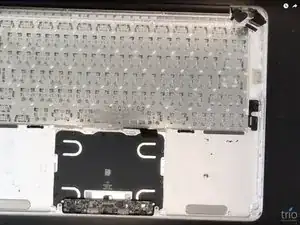
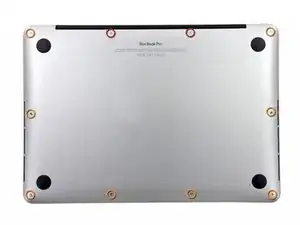
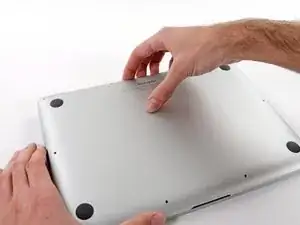
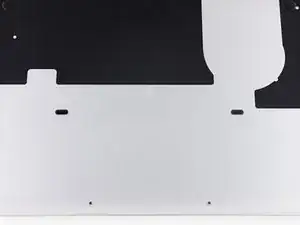
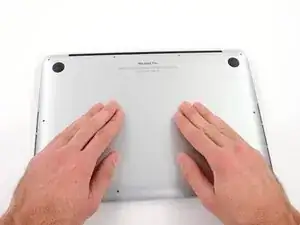
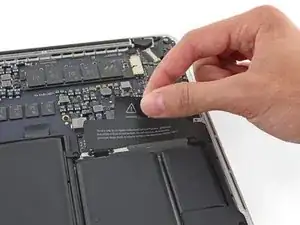
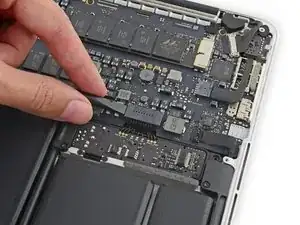
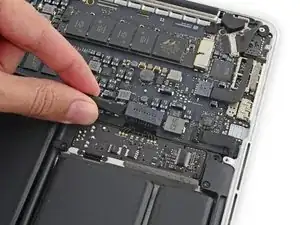
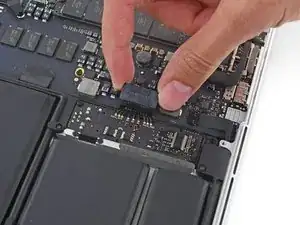
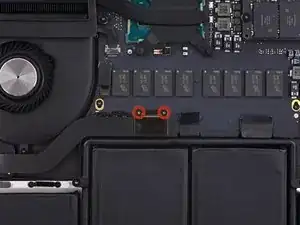
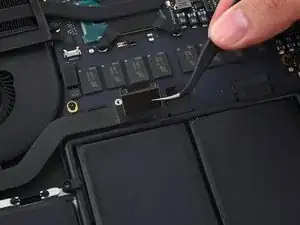
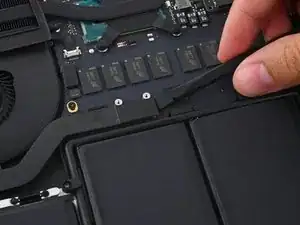
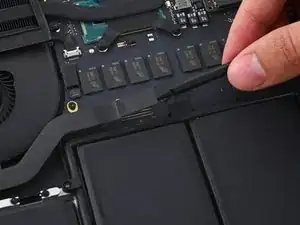
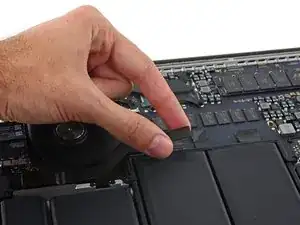
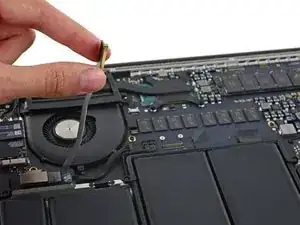
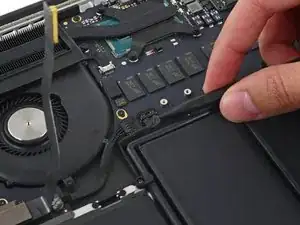
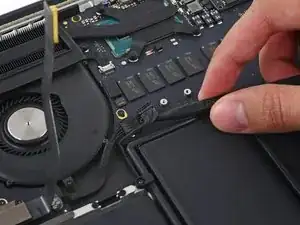
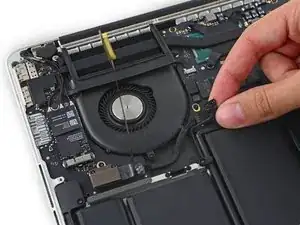
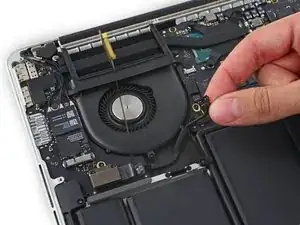
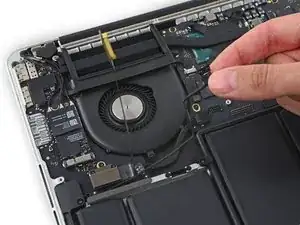
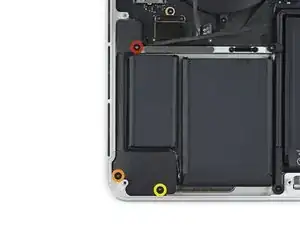
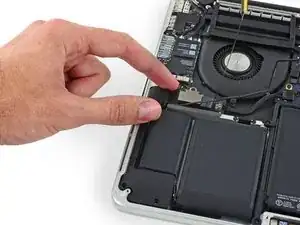
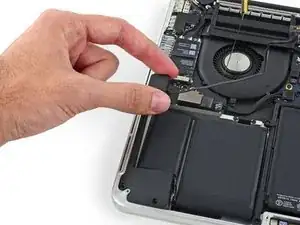
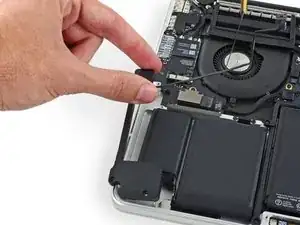
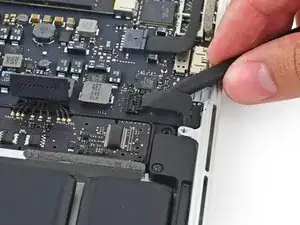
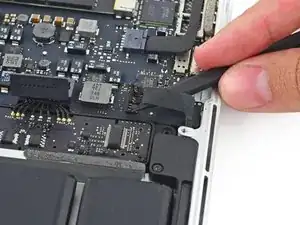
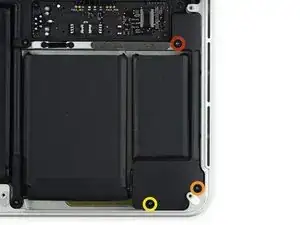
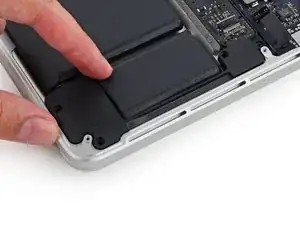
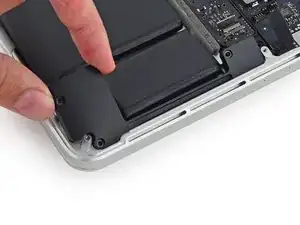
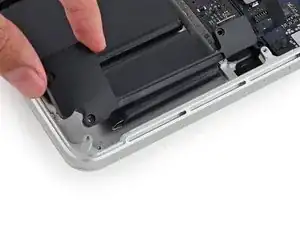






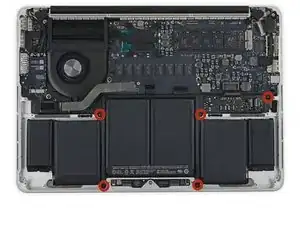
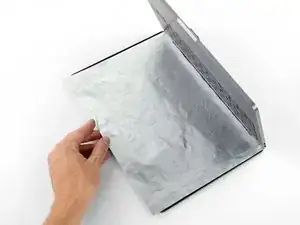

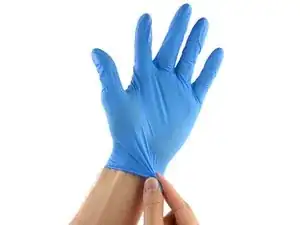
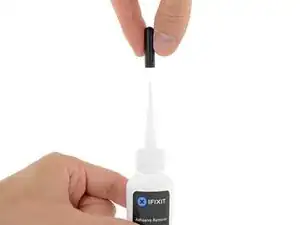
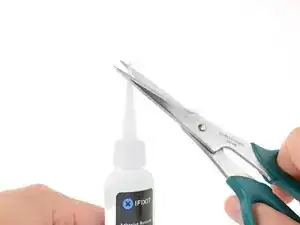
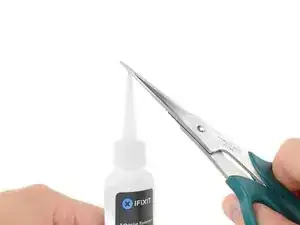
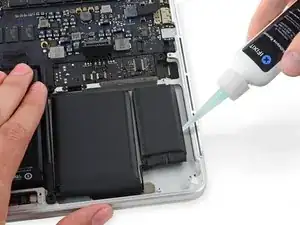
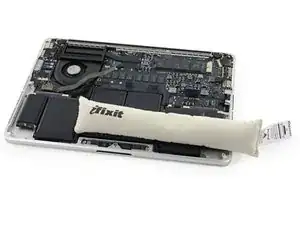
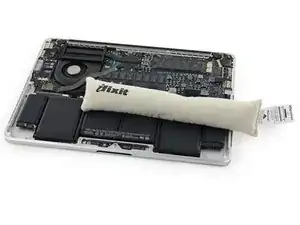

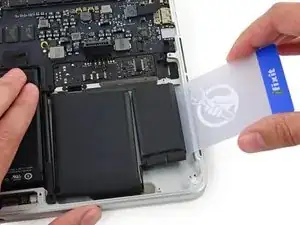
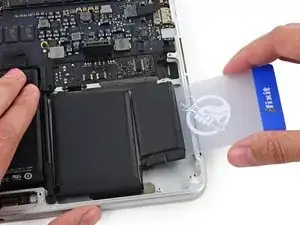
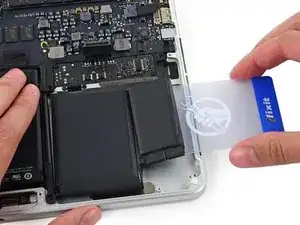
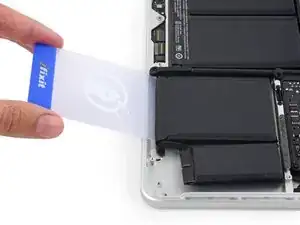
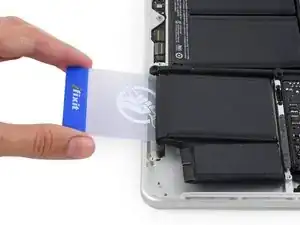
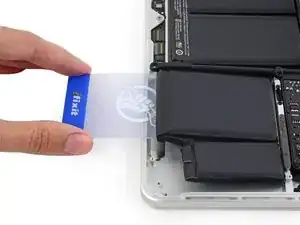
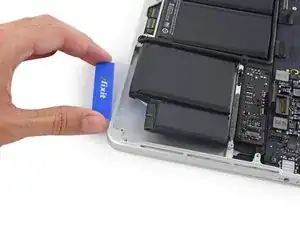
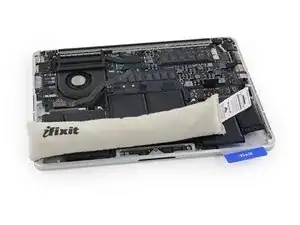

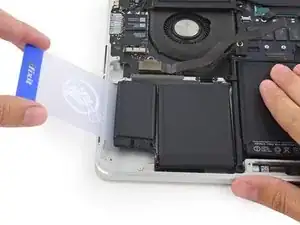
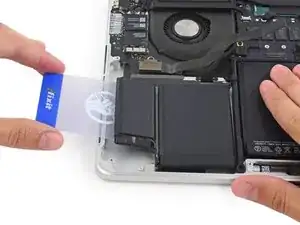
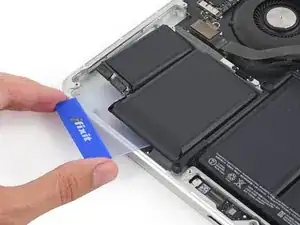
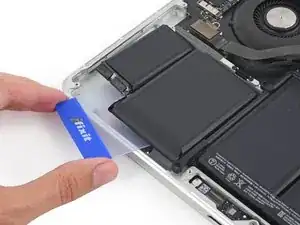
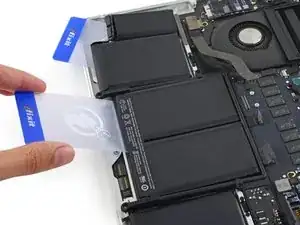
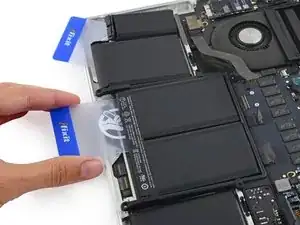
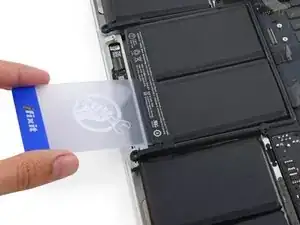
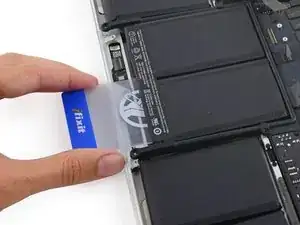
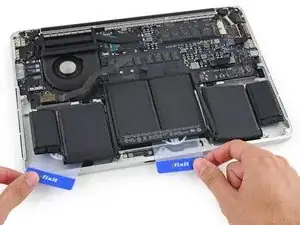
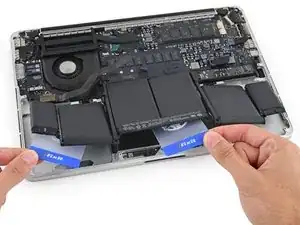
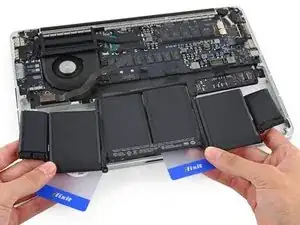
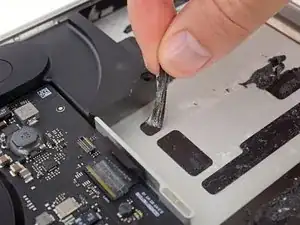
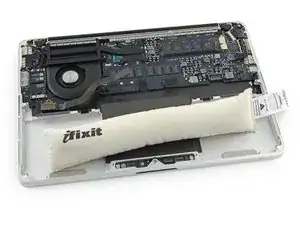
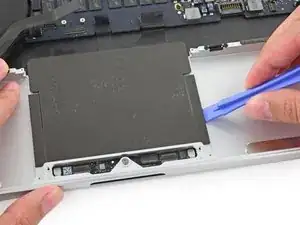
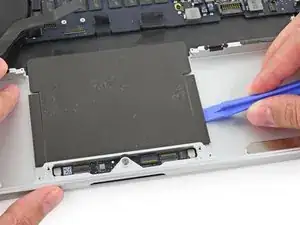
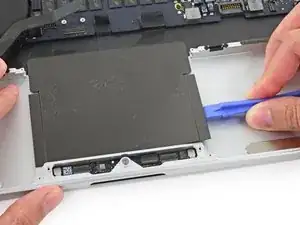
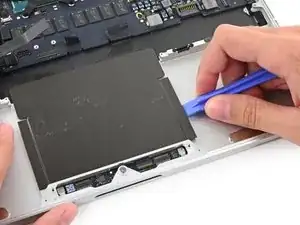
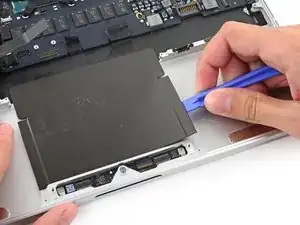

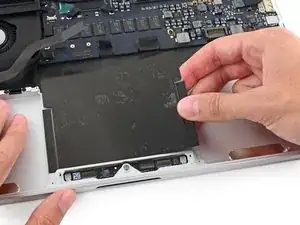
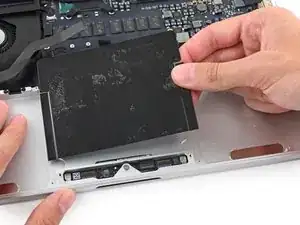
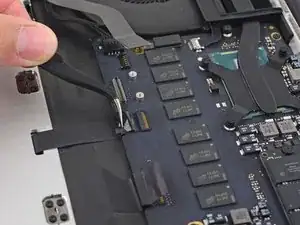
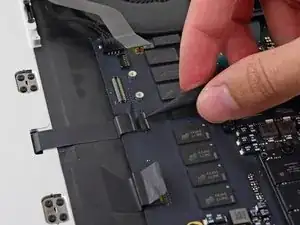
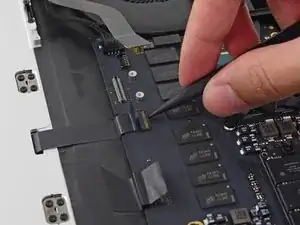

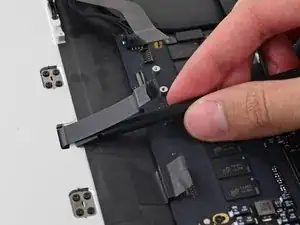
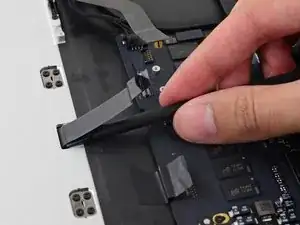
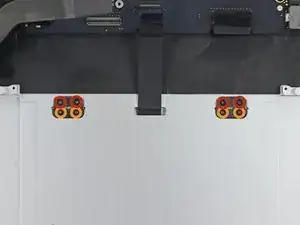
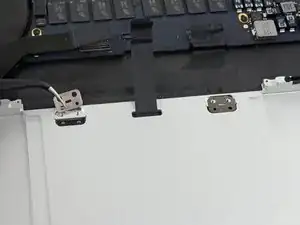
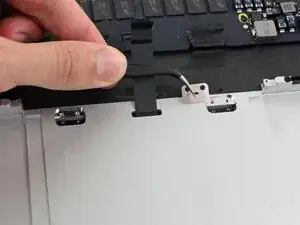
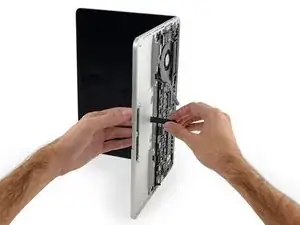

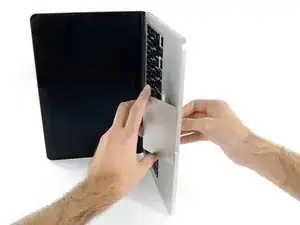
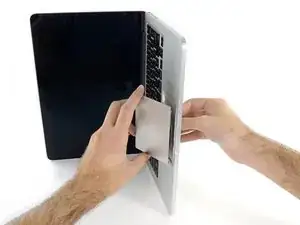
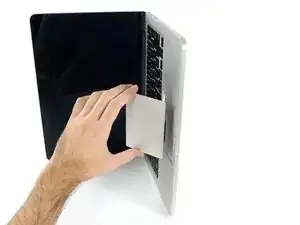

For all the screws you use the P5 pentalobe screwdriver?
Carlos -
Pentalobe is only for the screws on the bottom cover. The Torx screw driver is for the remainder.
Fredrik -
I never, ever, ever considered using anything but the correct tool on the Pentalobe screws. Too easy to strip and void your warranty (if still in effect), as well as make it almost impossible to get inside later for another upgrade or repair. The Wiha P5 Pentalobe screwdriver fits like a glove and costs only about $11 (a fraction of your drive's price)at Amazon.com. Get it!
marketing -
I followed this exactly and was able to replace my broken trackpad. I did not have to replace the ribbon OR the battery. However I would suggest getting the ribbon since it’s fairly cheap, as for the batteries I was able to do it with a card only. I didn’t use any heat or the liquid but it takes some time. You really have to work the card in there to release the glue. Also you must be very careful not to bend the batteries or damage them, if you do you must replace with new. This took me about 1.5hrs and my computer works like new. Apple cost for this job was around $450, I did it for $120. Big ups to ifixit for this awesome tutorial, tool set and parts!
On a side note, only use quality tools, the cheap ones will break or strip the screws.
Dustin Steward -
Note that the eight 3mm screws have a shoulder under the head, while the two 2.3mm screws are “full thread”, i.e., there is no shoulder under their heads. It’s important to put the two screws with no shoulder at the hinge of the cover.
All ten screws require a P5 Pentalobe screwdriver, preferably with a magnetized tip to help hold and position the screw.
All of the screws have blue “Loctite” thread locker compound on their threads. This is to help prevent the screws from working loose and falling out. Don’t attempt to clean the Loctite from the screws — leave it in place, and it will continue to help prevent the re-inserted screws from working loose.
When replacing the bottom cover, it is a good technique to insert and BEGIN tightening all ten screws BEFORE fully tightening any one screw. After all the screws have been started, then go around and finish tightening all of them. By doing this, you make it easier to feel that each screw has been started properly, and is not “cross-threaded”.
doubleclutch -
This is what I found on my MBP mid-2014 13” Retina. All 10 used the same screwdriver. I didn’t see the blue “loctite” but I also got my computer refurbished.
Evan Shulman -
A good technique for starting to thread the screws when replacing them is to position and align the screw, and with the driver, gently turn the screw in the REMOVAL direction until you feel and hear a slight click. This click happens when the leading thread of the screw drops off of the leading edge of the thread in the hole — this is the point at which the threads are properly positioned for engagement. You can now turn the driver and screw in the TIGHTENING direction. This technique will help prevent accidental “cross-threading” of the screw, which will damage the threads permanently.
Note that this is a useful technique when installing ANY threaded fastener.
doubleclutch -
Hi peeps,
I have a wifi problem on this MBP 13” early 2015 and was pleasently surprised to find your guide to changing the airport card.
However upon closer inspection it seems that on my MBP (purchased new or so I thought) the 3 antennae seem so have been soldered together at the point where they are clamped to the chassis. I have photos but cannot post here. Can anyone conform that where the 3 antennae wires are held to the chssis by the 2 scew metal support (just before disappearing into the screen hinge), the support is not meant to short the 3 wires together. This makes no sense for 3 seperate antennae wires.
Any advice /close up photos is welcome here.
dom
colonel mustard -
Tip: Use post-it notes to keep track of screws
1. Pack of post it notes
2. Stick screws to the sticky part of the post it note
3. Write on the post it note which step and what kind of screw it is
ibash -
Hi, in order to drain the battery I am running:
yes > /dev/null
in 4 terminals, so the CPU maxes out at almost 99%.
I hope this speeds up the battery draining process.
And the backlight is at maximum brightness :-)
You can see the cpu load in Activity Monitor.
Its draining at 20% per 15 minutes.
Any concerns about draining the battery in this way?
Andre van der Ham -
Something I’ve been curious about, is it possible to upgrade a late 2013 Retina model MacBook Pro, with the improved 16gb ram and i7 processor logic board from the 2015 retina model? I’d be interested to try but not ready to shell out the $500+ to be the first lol
Chat Dawgie -
Without rehashing what others have said, I would highly recommend reading through the steps *and* the comments for each before tackling your replacement for tips. Highlights for me were: only disconnecting what actually needed to be disconnected, rotating the spudger to release the track pad cable, a hair dryer worked perfectly fine, and the pencil outline of the battery before you remove. You got this!
N DesRochers -
Installation of replacement AirPort card was easier than I had expected thanks to this guide. Thank you.
chaslaw -
I use replaced SSD and it was super easy and working great. I can finally upgrade Mac OS with plenty of room to spare and no more low memory alerts. Well worth investment and didn’t have to buy new laptop
Pete James -
It's interesting that this tutorial is rated Moderate even though you need to remove the battery. The battery removal tutorial which is basically the same but with fewer steps is rated Difficult.
Marv Ruona -
when i pulled the screws out i arranged them in the same way they were in. the top 2 middle screws appeared to be shorter than the rest. in order to keep them in place i got a square of packing tape sticky side up, taped both sides down with 2 other pieces of tape. and then put the screws head down in the order i pulled them.
Jason Wade -
Excellent instructions although checking battery and speakers aligned before fixing batteries into place is essential. MacBook good as new!
John Foreman -
I find it helpful to spread a soft, slightly fuzzy cloth (like flannel) over my workspace before doing something with small parts. It keeps screws and things from rolling or bouncing away. A towel might be too plush, though, as a screw might get lost in it.
Richard KeslerWest -